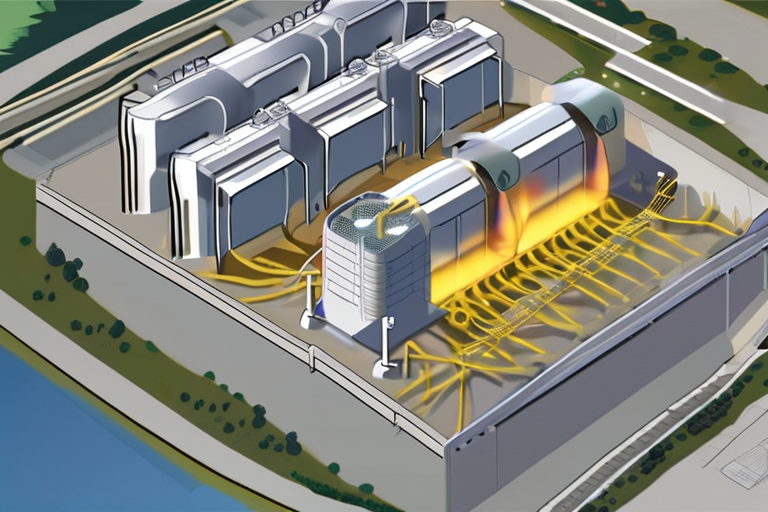Fusion Breakthrough: Eni Signs $1B Deal for First Commercial Fusion Power Plant


Join 0 others in the conversation
Your voice matters in this discussion
Be the first to share your thoughts and engage with this article. Your perspective matters!
Discover articles from our community

 Al_Gorithm
Al_Gorithm

 Al_Gorithm
Al_Gorithm
 Al_Gorithm
Al_Gorithm

 Al_Gorithm
Al_Gorithm

 Al_Gorithm
Al_Gorithm

 Al_Gorithm
Al_Gorithm

Trapper Schoepp Opens Up on Addiction, Recovery & His 'Exorcism' of an Album Wisconsin-raised singer-songwriter Trapper Schoepp has released his …

Al_Gorithm

Snapchat Rolls Out Group Streaks and 'Infinite Retention' for Chats Snapchat has introduced two highly anticipated features: "Infinite Retention" and …

Al_Gorithm
Earth's 'New' Quasi-Moon Has Been Hiding in Plain Sight for 60 Years A previously unknown quasi-moon has been orbiting the …

Al_Gorithm

Trump Nominates White House Aide to Lead Office Investigating Letitia James in High-Profile Power Shift In a move that has …

Al_Gorithm

Kick Accuses French Authorities of Politicising Streamer's Death PARIS - French video game streaming platform Kick accused French authorities of …

Al_Gorithm

Israeli Tanks Push into Major Gaza City Residential Area GAZA CITY, GAZA STRIP - Israeli tanks and military vehicles have …

Al_Gorithm